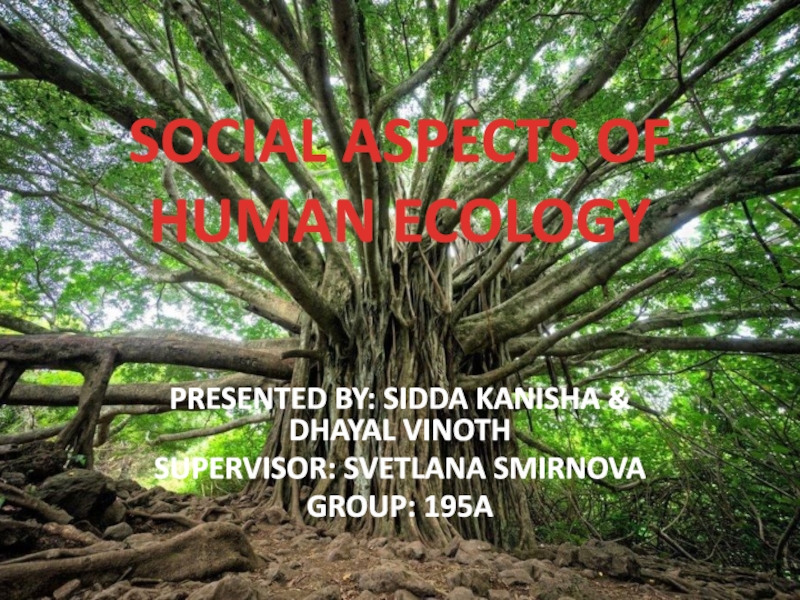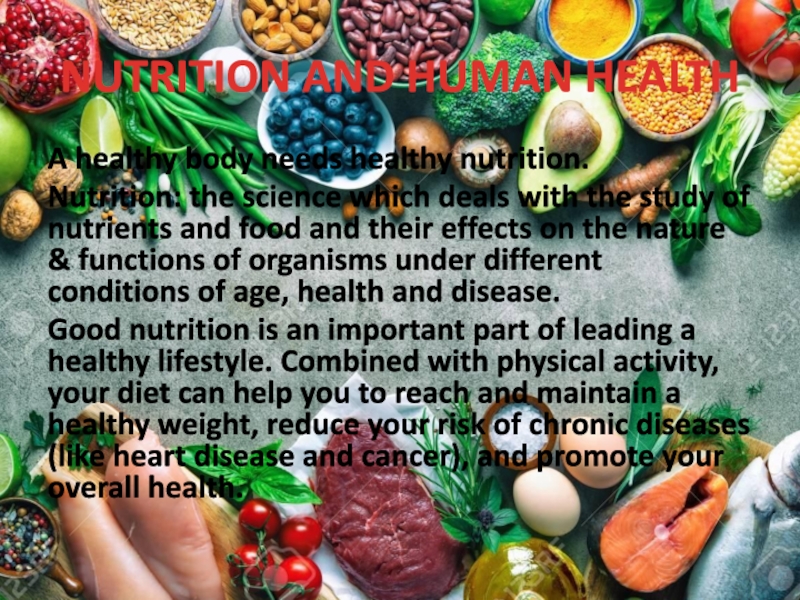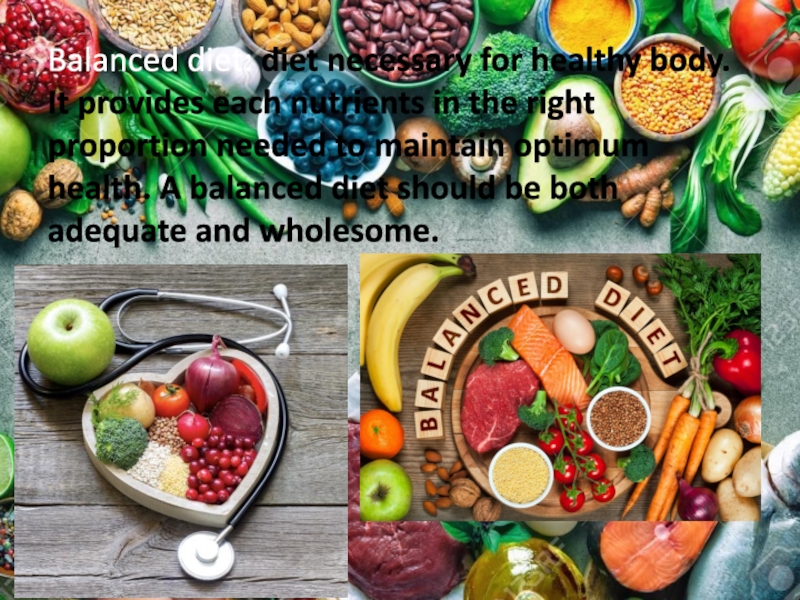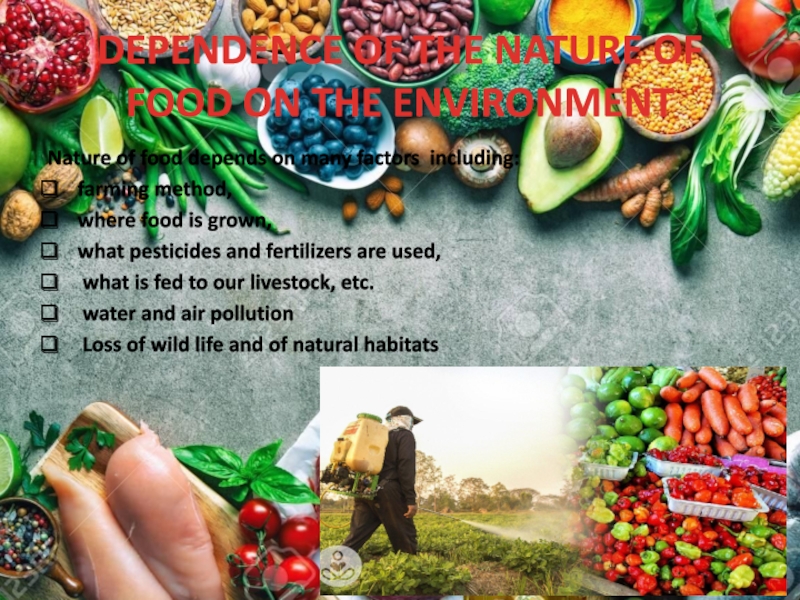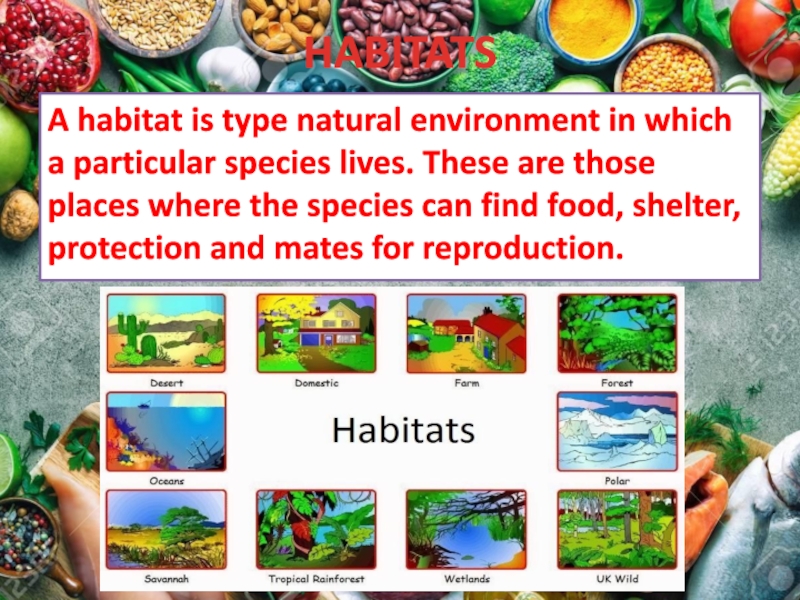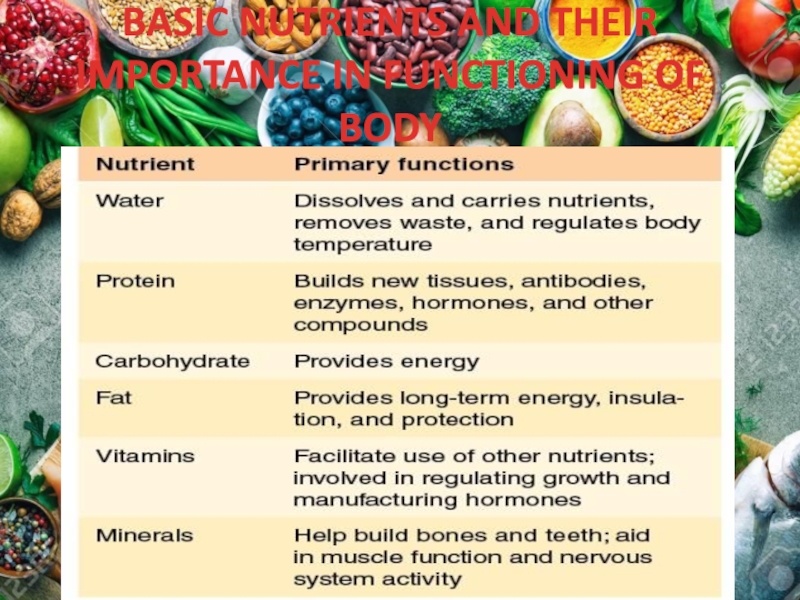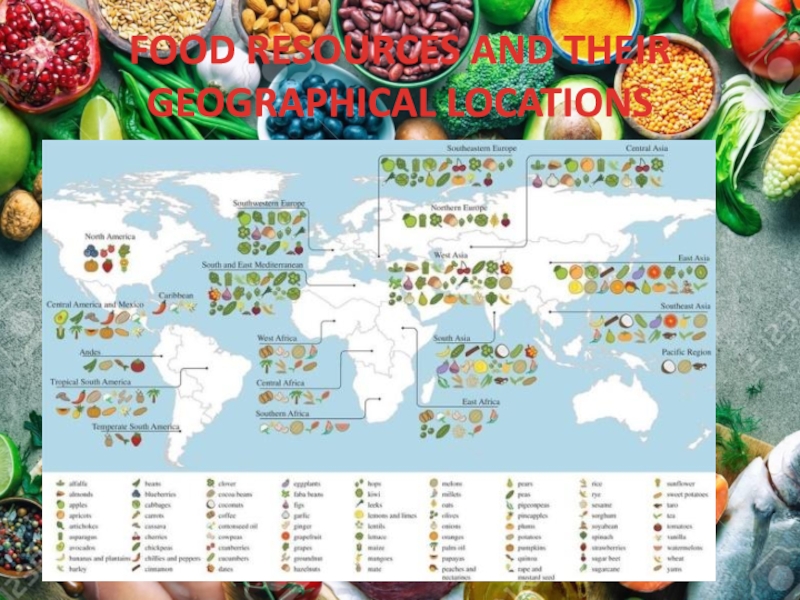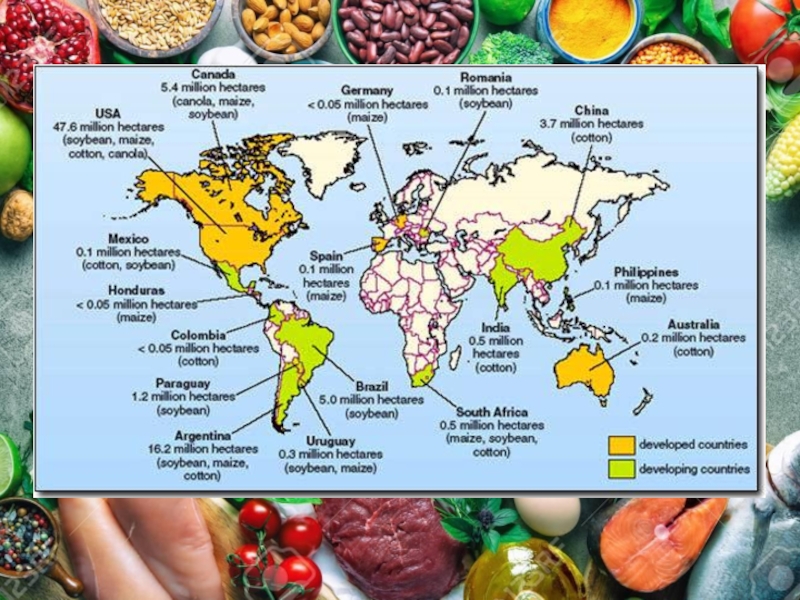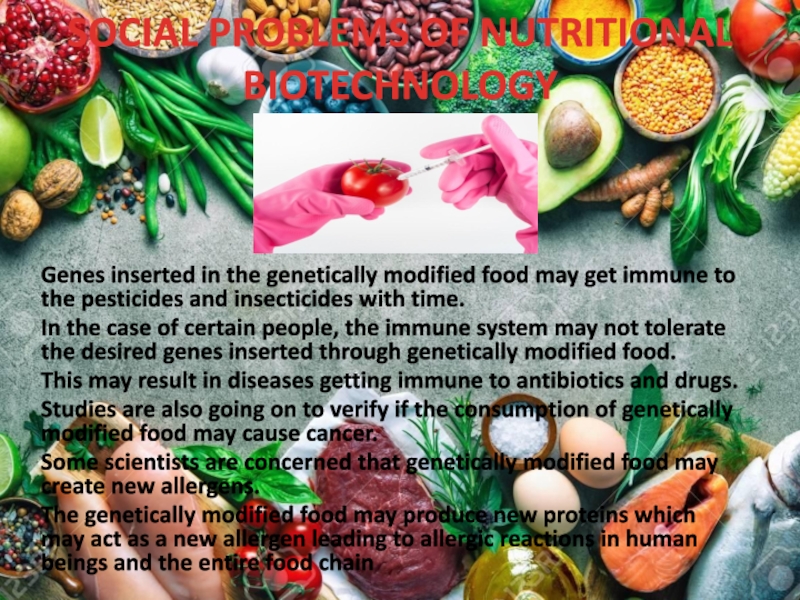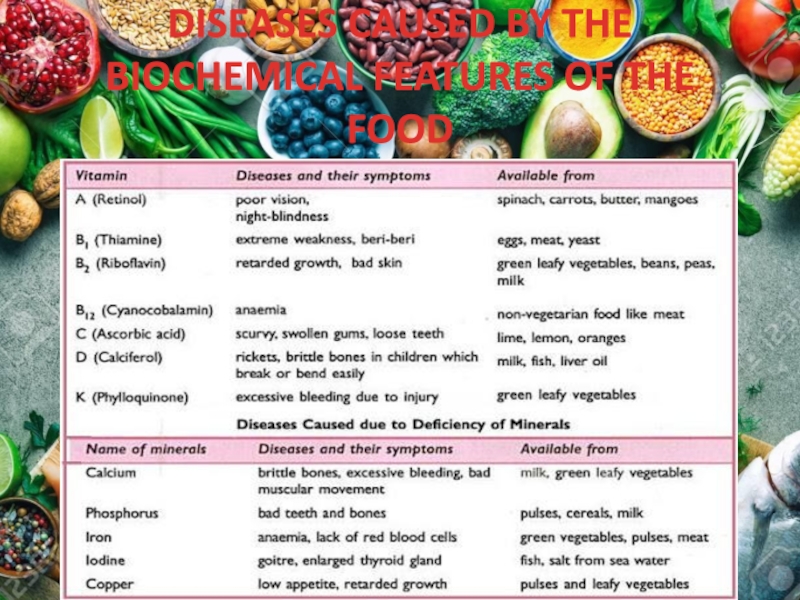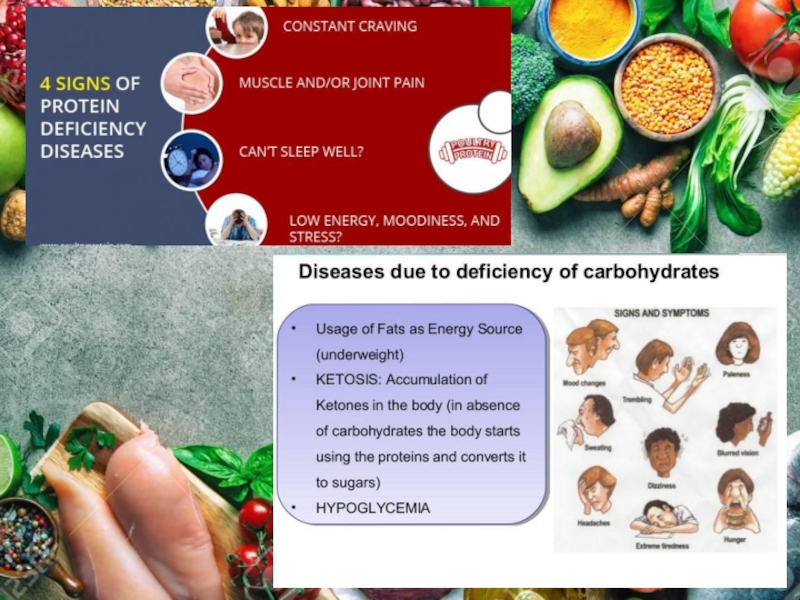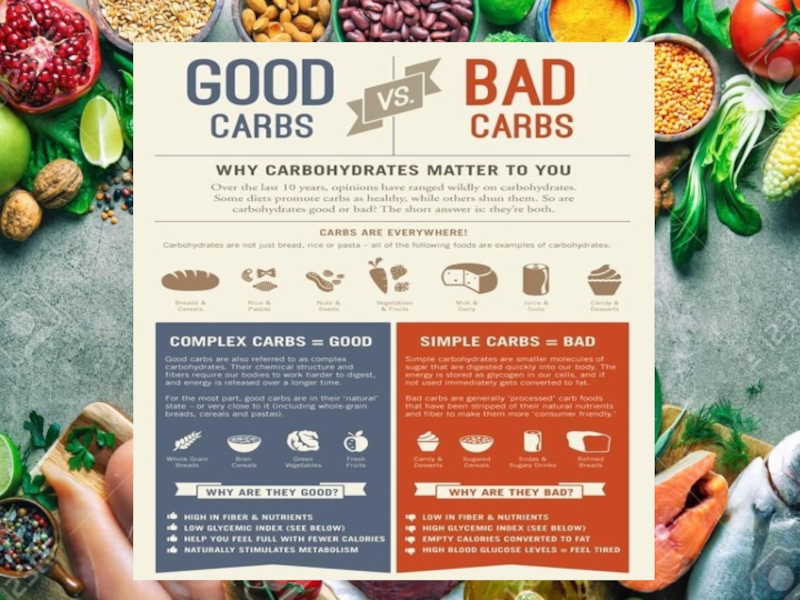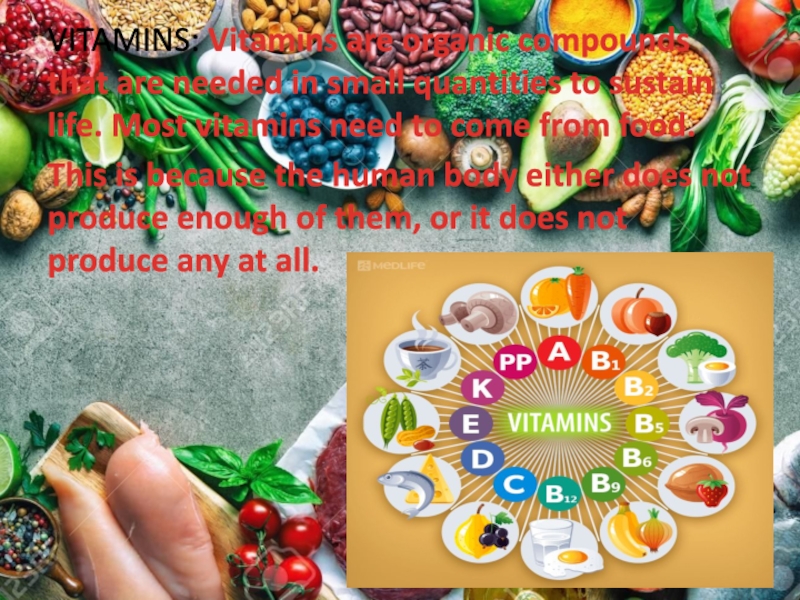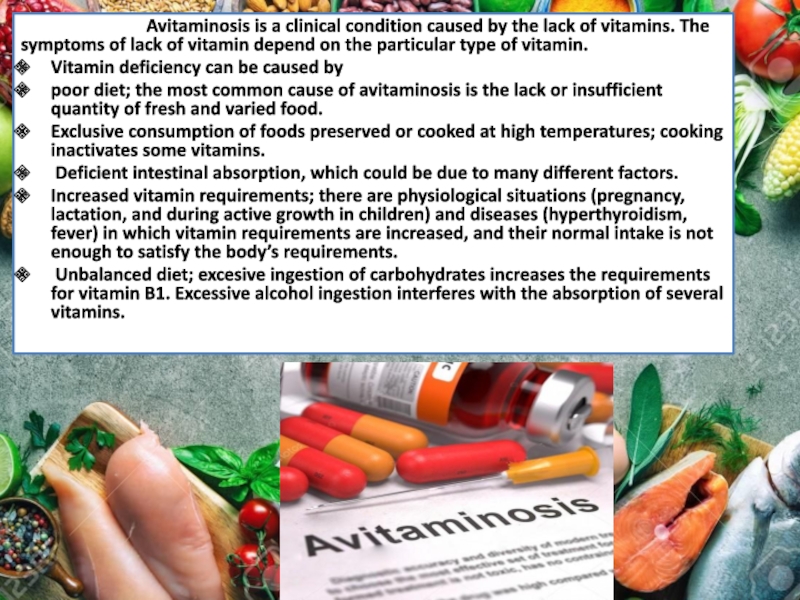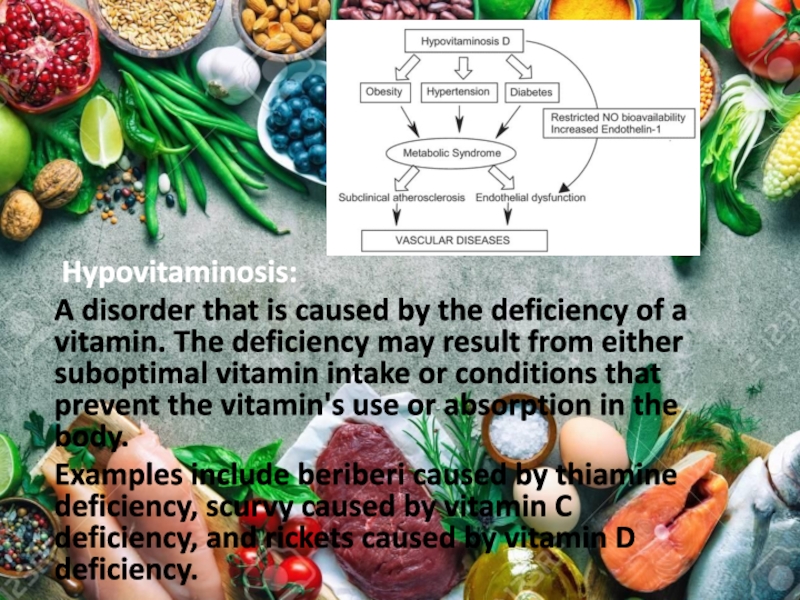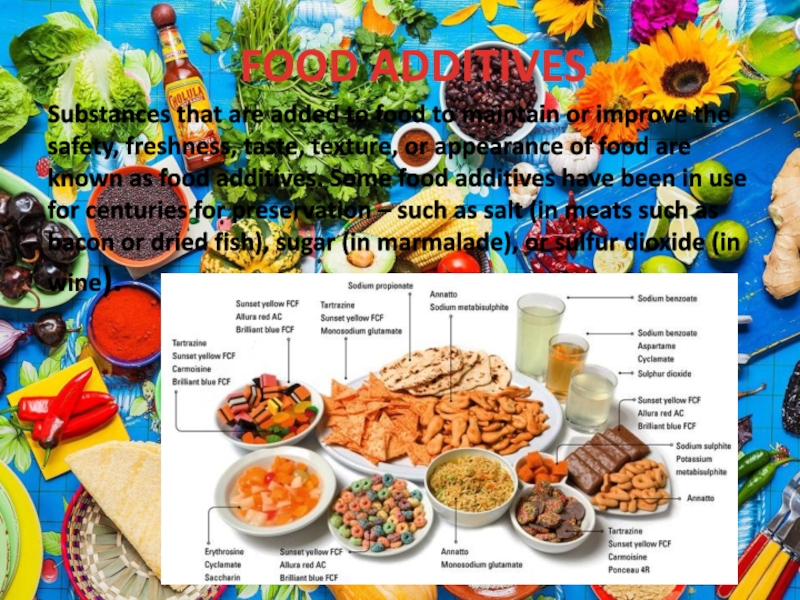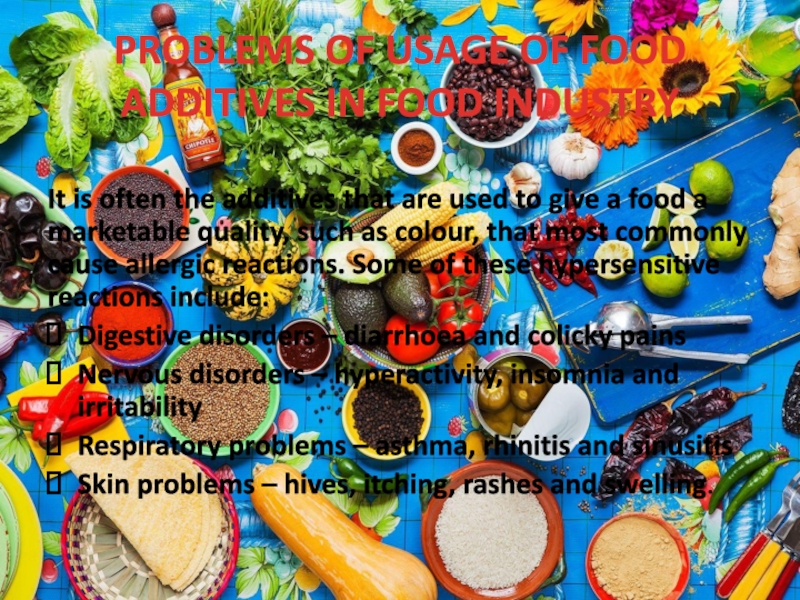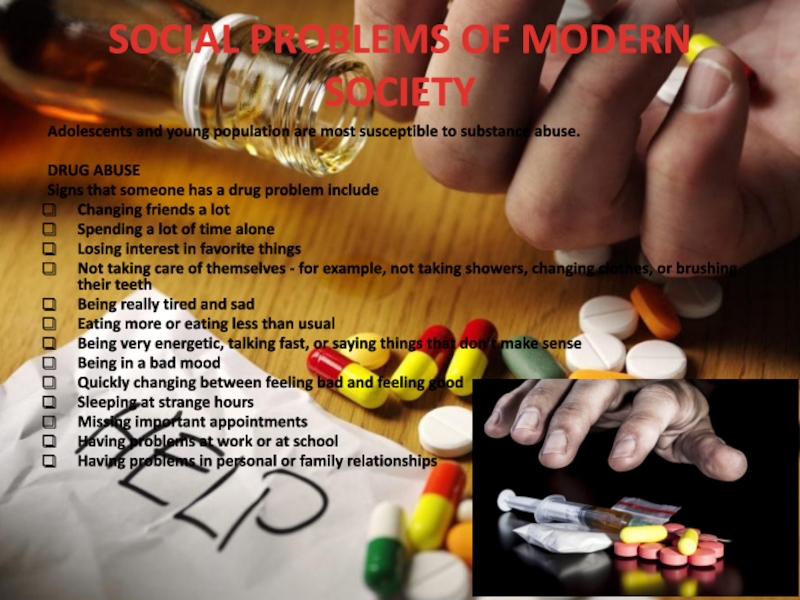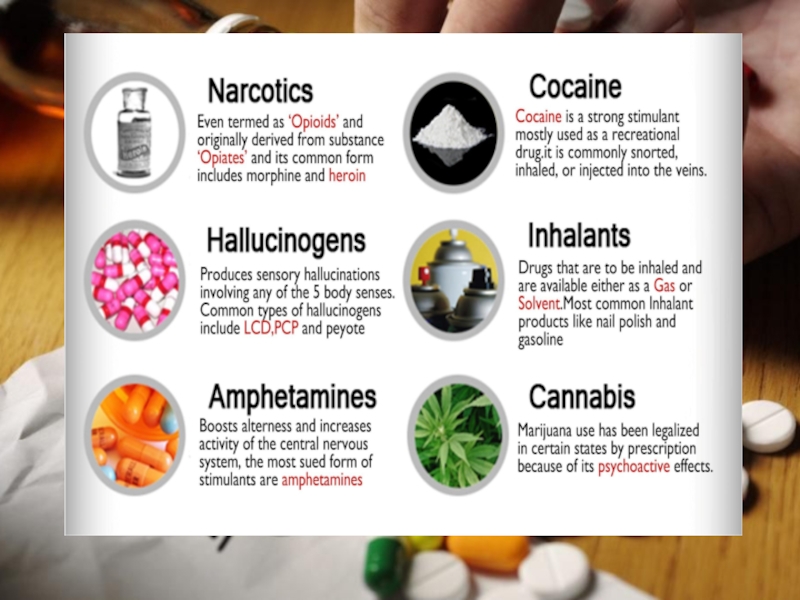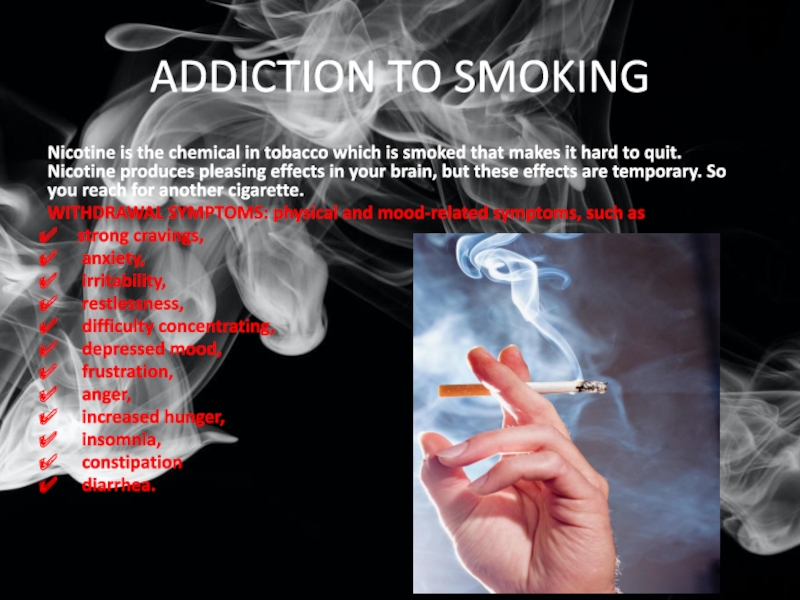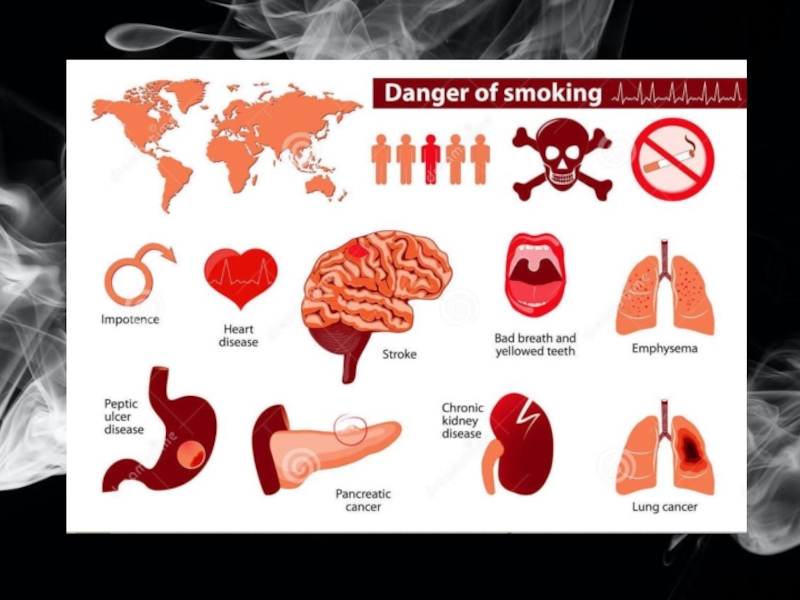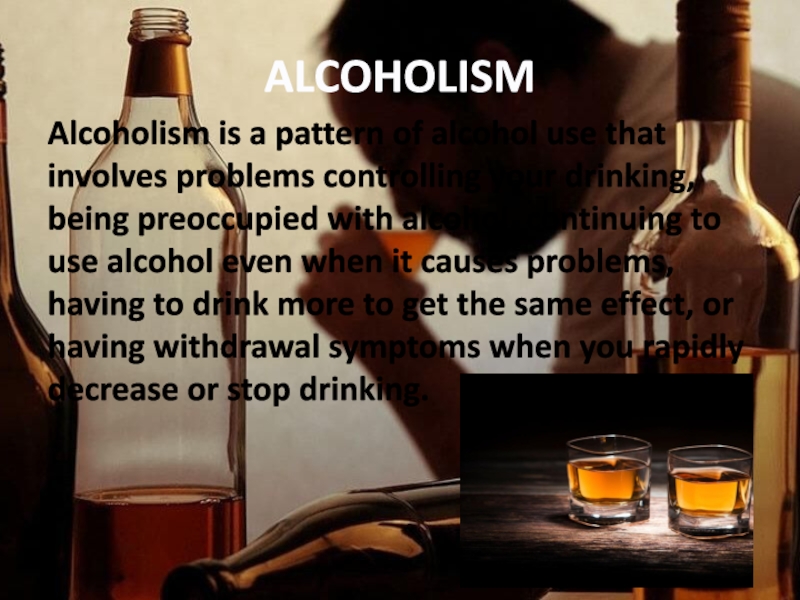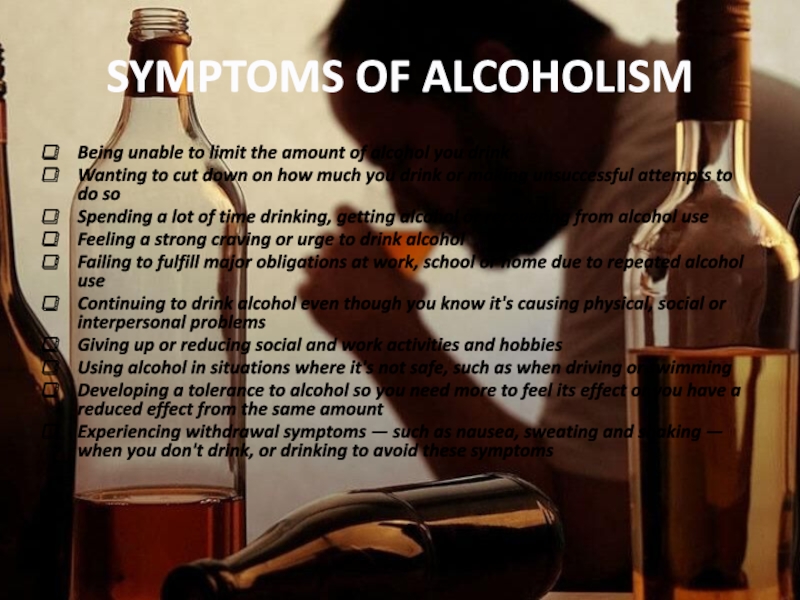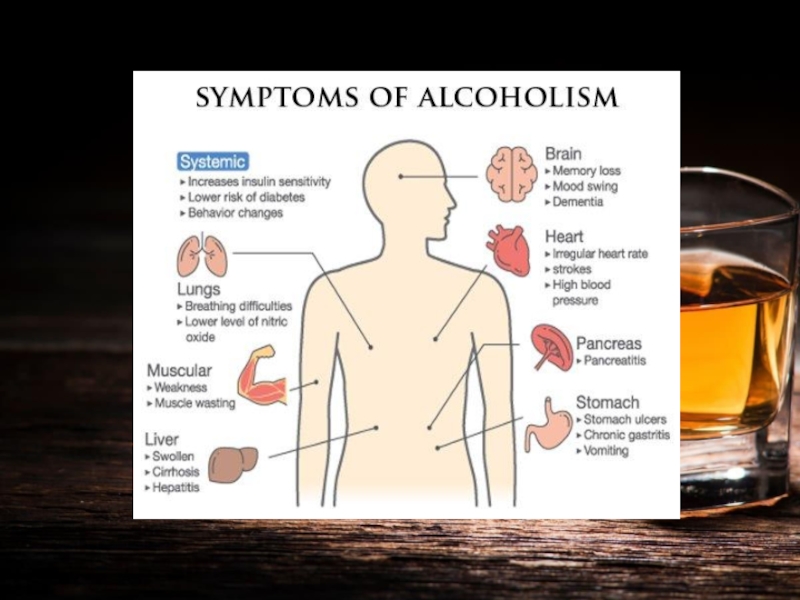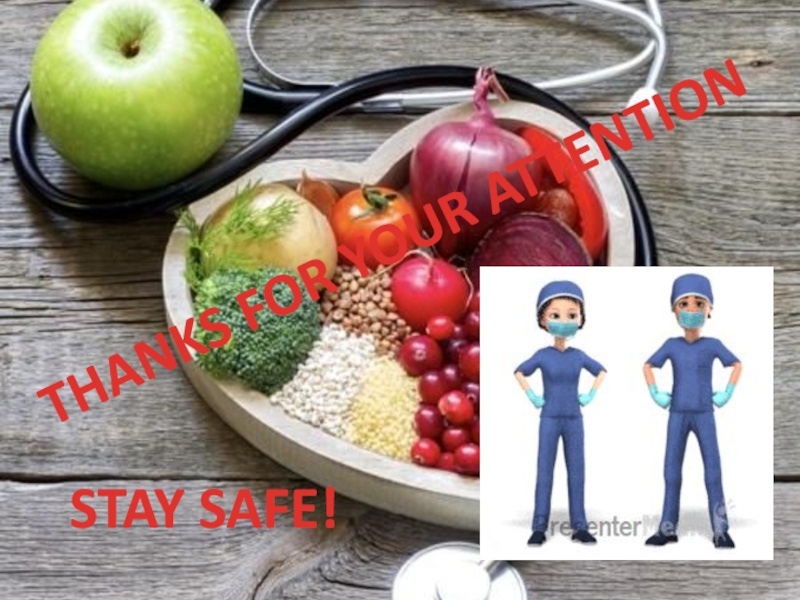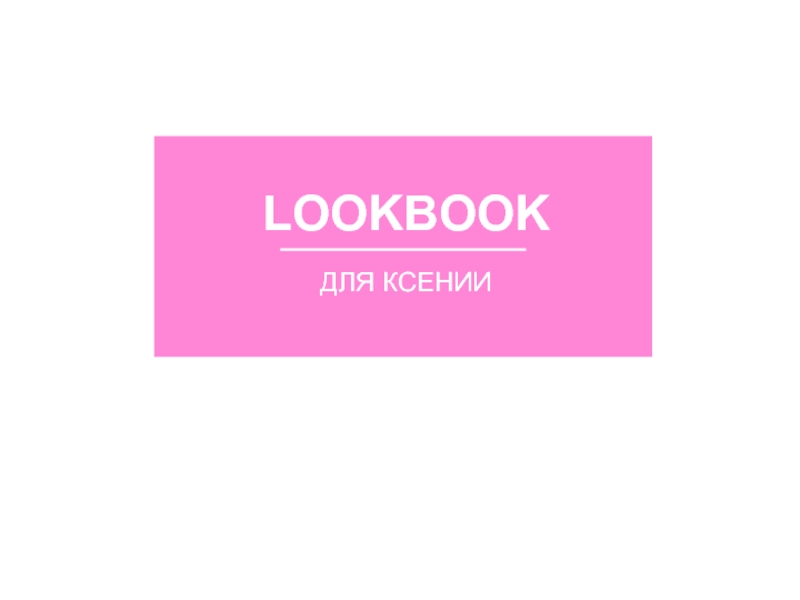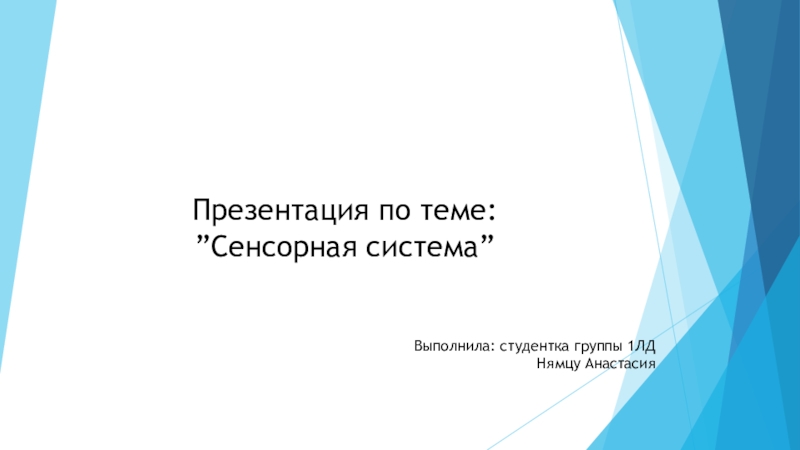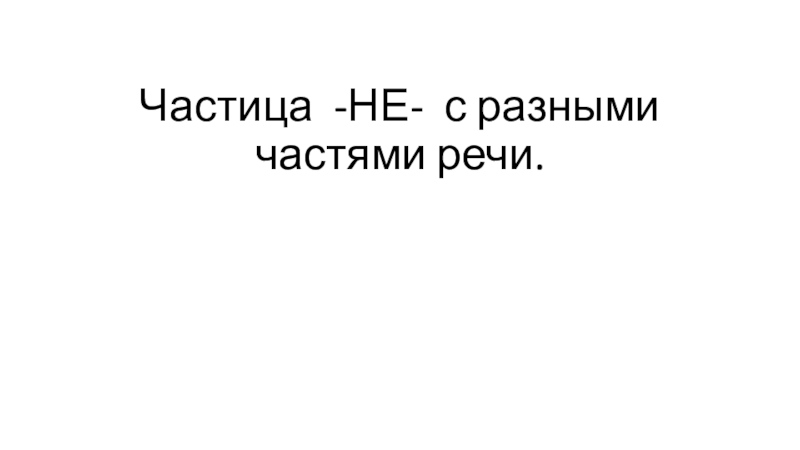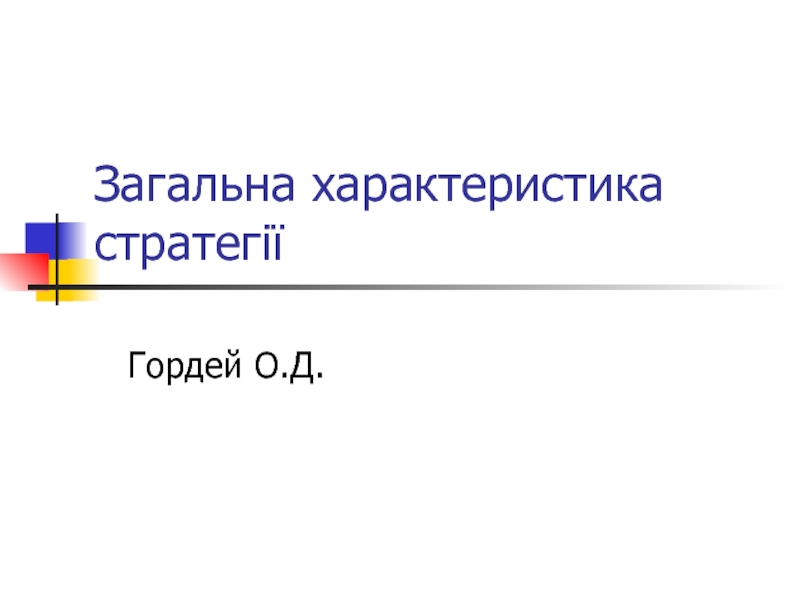Разделы презентаций
- Разное
- Английский язык
- Астрономия
- Алгебра
- Биология
- География
- Геометрия
- Детские презентации
- Информатика
- История
- Литература
- Математика
- Медицина
- Менеджмент
- Музыка
- МХК
- Немецкий язык
- ОБЖ
- Обществознание
- Окружающий мир
- Педагогика
- Русский язык
- Технология
- Физика
- Философия
- Химия
- Шаблоны, картинки для презентаций
- Экология
- Экономика
- Юриспруденция
SOCIAL ASPECTS OF HUMAN ECOLOGY
Содержание
- 1. SOCIAL ASPECTS OF HUMAN ECOLOGY
- 2. NUTRITION AND HUMAN HEALTHA healthy body needs
- 3. Balanced diet: diet necessary for healthy body.
- 4. DEPENDENCE OF THE NATURE OF FOOD ON
- 5. HABITATSA habitat is type natural environment in
- 6. BASIC NUTRIENTS AND THEIR IMPORTANCE IN FUNCTIONING OF BODY
- 7. FOOD RESOURCES AND THEIR GEOGRAPHICAL LOCATIONS
- 8. Слайд 8
- 9. SOCIAL PROBLEMS OF NUTRITIONAL BIOTECHNOLOGYGenes inserted in
- 10. DISEASES CAUSED BY THE BIOCHEMICAL FEATURES OF THE FOOD
- 11. Слайд 11
- 12. Слайд 12
- 13. VITAMINS: Vitamins are organic compounds that are
- 14. AVITAMINOSIS: Avitaminosis is a clinical condition caused
- 15. Hypovitaminosis:A disorder that is caused by
- 16. FOOD ADDITIVES Substances that are added to
- 17. PROBLEMS OF USAGE OF FOOD ADDITIVES IN
- 18. SOCIAL PROBLEMS OF MODERN SOCIETYAdolescents and young
- 19. Слайд 19
- 20. ADDICTION TO SMOKINGNicotine is the chemical in
- 21. Слайд 21
- 22. ALCOHOLISMAlcoholism is a pattern of alcohol use
- 23. SYMPTOMS OF ALCOHOLISMBeing unable to limit the
- 24. Слайд 24
- 25. THANKS FOR YOUR ATTENTIONSTAY SAFE!
- 26. Скачать презентанцию
NUTRITION AND HUMAN HEALTHA healthy body needs healthy nutrition. Nutrition: the science which deals with the study of nutrients and food and their effects on the nature & functions of organisms
Слайды и текст этой презентации
Слайд 2NUTRITION AND HUMAN HEALTH
A healthy body needs healthy nutrition.
Nutrition:
the science which deals with the study of nutrients and
food and their effects on the nature & functions of organisms under different conditions of age, health and disease.Good nutrition is an important part of leading a healthy lifestyle. Combined with physical activity, your diet can help you to reach and maintain a healthy weight, reduce your risk of chronic diseases (like heart disease and cancer), and promote your overall health.
Слайд 3Balanced diet: diet necessary for healthy body. It provides each
nutrients in the right proportion needed to maintain optimum health.
A balanced diet should be both adequate and wholesome.Слайд 4DEPENDENCE OF THE NATURE OF FOOD ON THE ENVIRONMENT
Nature of
food depends on many factors including:
farming method,
where food is
grown, what pesticides and fertilizers are used,
what is fed to our livestock, etc.
water and air pollution
Loss of wild life and of natural habitats
Слайд 5HABITATS
A habitat is type natural environment in which a particular
species lives. These are those places where the species can
find food, shelter, protection and mates for reproduction.Слайд 9SOCIAL PROBLEMS OF NUTRITIONAL BIOTECHNOLOGY
Genes inserted in the genetically modified
food may get immune to the pesticides and insecticides with
time.In the case of certain people, the immune system may not tolerate the desired genes inserted through genetically modified food.
This may result in diseases getting immune to antibiotics and drugs.
Studies are also going on to verify if the consumption of genetically modified food may cause cancer.
Some scientists are concerned that genetically modified food may create new allergens.
The genetically modified food may produce new proteins which may act as a new allergen leading to allergic reactions in human beings and the entire food chain
Слайд 13VITAMINS: Vitamins are organic compounds that are needed in small
quantities to sustain life. Most vitamins need to come from
food.This is because the human body either does not produce enough of them, or it does not produce any at all.
Слайд 14AVITAMINOSIS: Avitaminosis is a clinical condition caused by the lack
of vitamins. The symptoms of lack of vitamin depend on
the particular type of vitamin.Vitamin deficiency can be caused by
poor diet; the most common cause of avitaminosis is the lack or insufficient quantity of fresh and varied food.
Exclusive consumption of foods preserved or cooked at high temperatures; cooking inactivates some vitamins.
Deficient intestinal absorption, which could be due to many different factors.
Increased vitamin requirements; there are physiological situations (pregnancy, lactation, and during active growth in children) and diseases (hyperthyroidism, fever) in which vitamin requirements are increased, and their normal intake is not enough to satisfy the body’s requirements.
Unbalanced diet; excesive ingestion of carbohydrates increases the requirements for vitamin B1. Excessive alcohol ingestion interferes with the absorption of several vitamins.
Слайд 15 Hypovitaminosis:
A disorder that is caused by the deficiency of
a vitamin. The deficiency may result from either suboptimal vitamin
intake or conditions that prevent the vitamin's use or absorption in the body.Examples include beriberi caused by thiamine deficiency, scurvy caused by vitamin C deficiency, and rickets caused by vitamin D deficiency.
Слайд 16FOOD ADDITIVES
Substances that are added to food to maintain
or improve the safety, freshness, taste, texture, or appearance of
food are known as food additives. Some food additives have been in use for centuries for preservation – such as salt (in meats such as bacon or dried fish), sugar (in marmalade), or sulfur dioxide (in wine).Слайд 17PROBLEMS OF USAGE OF FOOD ADDITIVES IN FOOD INDUSTRY
It is
often the additives that are used to give a food
a marketable quality, such as colour, that most commonly cause allergic reactions. Some of these hypersensitive reactions include:Digestive disorders – diarrhoea and colicky pains
Nervous disorders – hyperactivity, insomnia and irritability
Respiratory problems – asthma, rhinitis and sinusitis
Skin problems – hives, itching, rashes and swelling.
Слайд 18SOCIAL PROBLEMS OF MODERN SOCIETY
Adolescents and young population are most
susceptible to substance abuse.
DRUG ABUSE
Signs that someone has a drug
problem includeChanging friends a lot
Spending a lot of time alone
Losing interest in favorite things
Not taking care of themselves - for example, not taking showers, changing clothes, or brushing their teeth
Being really tired and sad
Eating more or eating less than usual
Being very energetic, talking fast, or saying things that don't make sense
Being in a bad mood
Quickly changing between feeling bad and feeling good
Sleeping at strange hours
Missing important appointments
Having problems at work or at school
Having problems in personal or family relationships
Слайд 20ADDICTION TO SMOKING
Nicotine is the chemical in tobacco which is
smoked that makes it hard to quit. Nicotine produces pleasing
effects in your brain, but these effects are temporary. So you reach for another cigarette.WITHDRAWAL SYMPTOMS: physical and mood-related symptoms, such as
strong cravings,
anxiety,
irritability,
restlessness,
difficulty concentrating,
depressed mood,
frustration,
anger,
increased hunger,
insomnia,
constipation
diarrhea.
Слайд 22ALCOHOLISM
Alcoholism is a pattern of alcohol use that involves problems
controlling your drinking, being preoccupied with alcohol, continuing to use
alcohol even when it causes problems, having to drink more to get the same effect, or having withdrawal symptoms when you rapidly decrease or stop drinking.Слайд 23SYMPTOMS OF ALCOHOLISM
Being unable to limit the amount of alcohol
you drink
Wanting to cut down on how much you drink
or making unsuccessful attempts to do soSpending a lot of time drinking, getting alcohol or recovering from alcohol use
Feeling a strong craving or urge to drink alcohol
Failing to fulfill major obligations at work, school or home due to repeated alcohol use
Continuing to drink alcohol even though you know it's causing physical, social or interpersonal problems
Giving up or reducing social and work activities and hobbies
Using alcohol in situations where it's not safe, such as when driving or swimming
Developing a tolerance to alcohol so you need more to feel its effect or you have a reduced effect from the same amount
Experiencing withdrawal symptoms — such as nausea, sweating and shaking — when you don't drink, or drinking to avoid these symptoms
